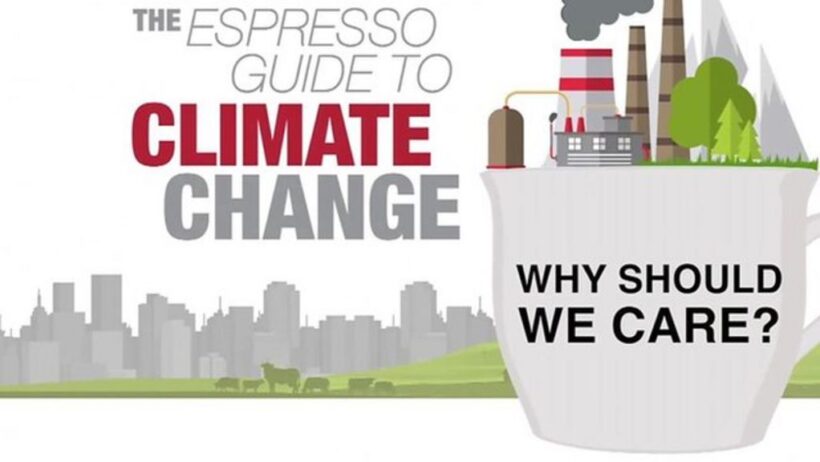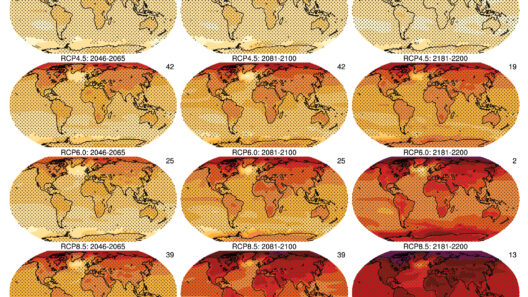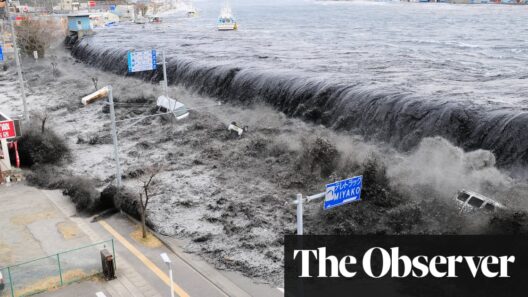As we traverse the tapestry of existence, climate change represents a profound alteration of our planetary fabric. Imagine a grand, intricate weave, where each strand—meticulously crafted over eons—has become frayed, discolored, and weakened. This transformation is not merely a distant concern; it encapsulates the essence of our survival, echoing urgent calls for immediate action.
At the heart of climate change lies the unrelenting increase in global temperatures, attributable to the surge of greenhouse gases in the atmosphere. These gases, primarily carbon dioxide, methane, and nitrous oxide, act as a thermal blanket, ensnaring the sun’s warmth and leading the Earth’s fever to spike. Picture the Earth as an exquisite symphony, with each instrument representing a delicate ecosystem. When one instrument falters, the entire orchestration is at risk of descending into cacophony. Thus, the discord wrought by climate change affects every facet of our world—from the grandeur of majestic polar ice caps to the lush vibrancy of tropical rainforests.
The consequences of this escalating phenomenon are manifold, with implications that ripple across natural and human systems alike. Rising sea levels, a consequence of melting polar ice and thermal expansion of oceans, threaten to engulf fertile deltas, erode coastlines, and displace millions. Such catastrophic inundations render previous notions of safety obsolete, drawing a compelling parallel to a thief in the night, stealthily stealing away the homes and livelihoods of many. Coastal megacities face existential threats, as the very ground they stand on becomes a transient memory.
Moreover, the juxtaposition of extreme weather events against a background of climatic instability merits grave concern. Tornadoes whip through the heartlands with increased ferocity; hurricanes which were once mere seasonal events now manifest as colossal entities, wreaking havoc and destruction. These phenomena are akin to a double-edged sword. On one side, they usher in fleeting moments of beauty, nature’s raw power spectacularly revealed; on the other, they unleash pervasive suffering, wrecking homes, uprooting families, and imposing staggering economic burdens. Such stark realities illuminate the precarious balance of our ecosystem.
Additionally, climate change disrupts the biological rhythms that dictate seasonal cycles, leading to the perilous phenomenon of mismatched timing between species. As temperatures rise, migratory patterns shift, blooming seasons advance, and hibernation schedules falter. This disjunction reverberates throughout food webs, threatening to obliterate species that cannot adapt swiftly enough. Envision a tightrope walker, poised delicately above the abyss; one misstep and the balance is lost, cascading into chaos. This delicate dance of life is now thrown into disarray, with consequences for both flora and fauna that could lead to extinctions on an unprecedented scale.
The ramifications extend beyond the natural world, permeating human societies and economies. Agriculture, the cornerstone of our survival, faces dire challenges as erratic weather patterns and changing precipitation alter crop yields. Farmers, once the custodians of tradition, find themselves beleaguered by droughts, floods, and novel pestilence, thrusting food security into jeopardy. Consider the intricate tapestry of a supply chain—one thread weakened disrupts the entire fabric, resulting in food scarcity that can lead to civil unrest and mass migration. The destabilization of regions may ignite conflicts over dwindling resources, rendering climate change not merely an environmental issue, but a harbinger of geopolitical strife.
Public health, too, finds itself ensnared in the clutches of climate change. The emergence of new pathogens as ecosystems shift, compounded by heat-related illnesses and respiratory ailments exacerbated by pollution, poses profound risks. Vulnerable populations, often the least responsible for emissions, bear the brunt of these consequences. It is a paradox of equity; those who contribute the least to the crisis suffer the most. Health disparities widen as marginalized communities grapple with deteriorating living conditions. The human toll of climate change transcends statistical measures; it embodies real lives disrupted and futures uncertain.
To accept the reality of climate change is to acknowledge its complexity, but it is also an invitation to action. The metaphor of a ship navigating stormy seas aptly encapsulates our current predicament. The vessel of humanity possesses the tools to steer through tempestuous waters—innovation, resilience, and collaboration. Embracing renewable energy sources, revitalizing habitats, and fostering sustainable practices can transform the narrative from desolation to a hopeful renewal.
Collective action becomes imperative. Policy-makers must summon the resolve to implement stringent regulations on emissions, while industries must pivot toward sustainable models. Individuals, too, wield power in their choices. Every sustainable action, whether advocating for clean energy or minimizing waste, orchestrates a ripple effect, contributing to a larger symphony of change.
As the curtain rises on the unfolding climate narrative, we must resist complacency and remain vigilant. The call to action is unequivocal: to reweave the frayed strands of our world into a resilient tapestry. Indeed, the stakes are too high to ignore. Our planet’s future, the well-being of its inhabitants, and the preservation of its splendor hinge on our response to climate change. In the end, it is not merely a battle for the Earth; it is a testament to our capacity for change—a chance to restore balance to our fragile existence on this blue planet we call home.





